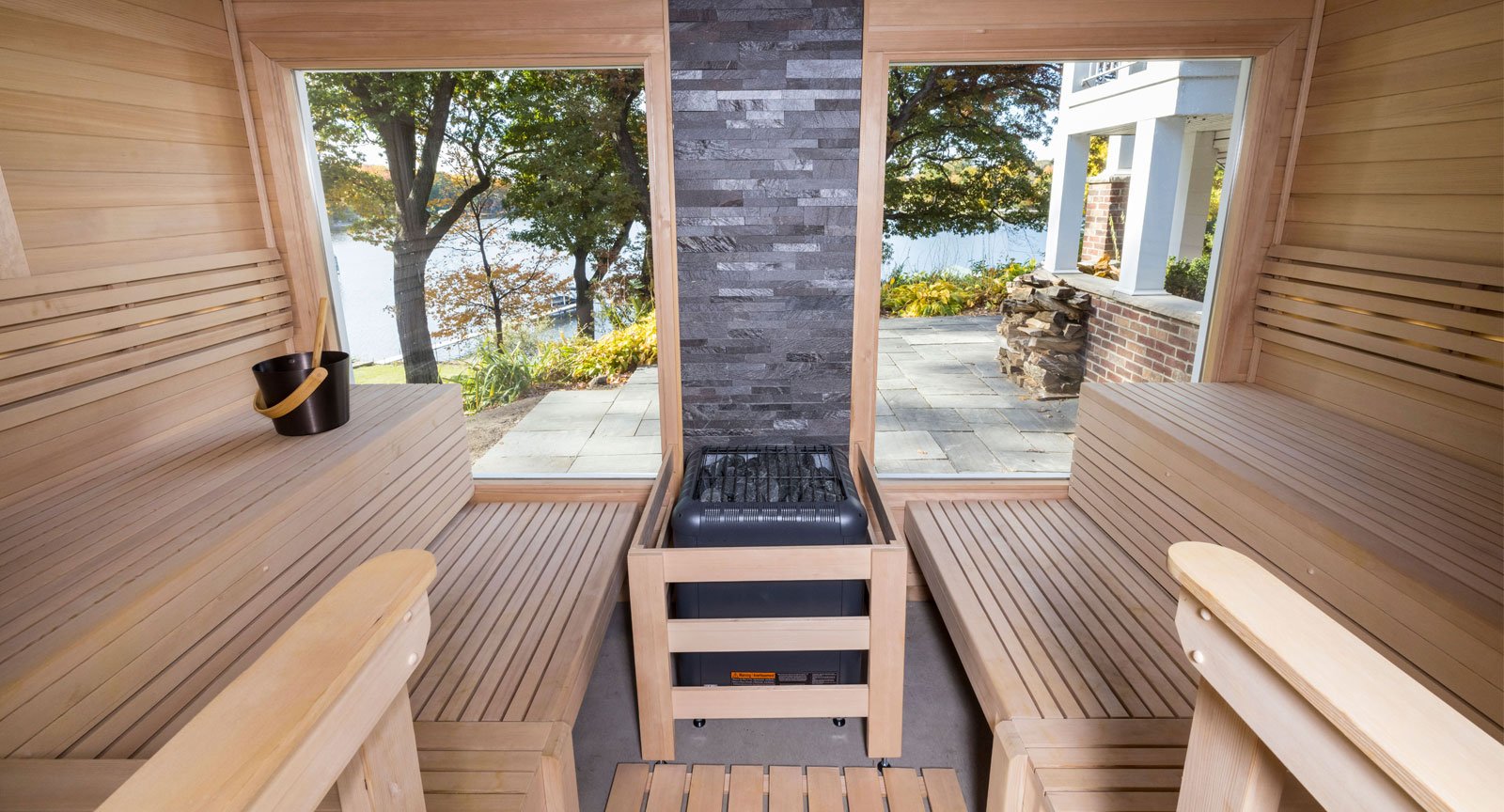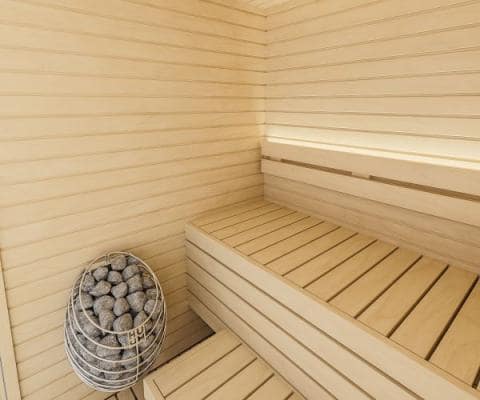Traditional Sauna - An Overview
Traditional Sauna - An Overview
Blog Article
How Traditional Sauna can Save You Time, Stress, and Money.
Table of ContentsTraditional Sauna Can Be Fun For EveryoneSome Known Details About Traditional Sauna Our Traditional Sauna IdeasThe Traditional Sauna Ideas
The majority of the weight lost in a sauna is water loss and is re-gained upon rehydrating. Nevertheless, without an uncertainty sauna can be an integral part of a healthy weight-loss program. To look at the distinctions in between standard and IR saunas, I will divide these right into verifiable, theoretical, and produced differences.Thus, the most popular factor in the saunawhich goes to the ceiling directly over the sauna heateris normally in between 185 and 190 F. Traditional Sauna. Claims that a typical sauna surpasses 200 F is just not real and not applicable for electrical saunas marketed in the US. The temperature for a far-infrared sauna is usually set between 120 and 140 F; nevertheless, unlike the standard sauna, the objective in and IR area is not to achieve a high temperature
Due to this, the temperature distinction is almost pointless, since extreme sweating leads to both sauna types, however the technique of warming the body is various. In an IR sauna the bather will certainly feel warm and will sweat a lot, however at a lot lower temperatures. Thus, if the objective is to invest longer amount of times in the sauna, the IR sauna is a good choice.

Traditional Sauna - Truths
When the high temperature level is attained, the elements cycle on and off to preserve the high temperature level. The majority of traditional sauna users delight in putting water over the rocks to produce steam to raise sauna moisture degrees. The advantages of pouring water over the rocks include: making the room more comfy, dampening the nasal flows, and enabling the usage of aromatherapy by mixing crucial oils with the water.
In a far-infrared sauna, the warm front pass through the body to effectively heat the body and increase the body core temperature level. To attain this increased temperature, Far-infrared emitters develop infrared energy which is close to the exact same wavelength as that which the body normally emitsoften described as the "Vital Variety" of 7 to 14 microns), so the energy is well gotten by the body.
When the energy goes into the body, it creates the body temperature to increase and inevitably causes perspiration. In an infrared sauna it is necessary for the emitters/heaters to continue to be on nearly regularly. Given that there is no mass of rocks to retain heat, the sauna will cool if the emitters shut down.
As discussed above, the sauna bather in an infrared room desires to position himself in front of running emitters to obtain maximum advantage from the heat. The heating time for the 2 spaces can be really different, depending on just how the areas are made use of. For a traditional sauna, a bather must permit 30-40 mins for the room to attain a wanted temperature level and to effectively pre-heat the rocks.
The 30-Second Trick For Traditional Sauna
A well built sauna will usually attain a temperature of 150-160 F in regarding 30-40 minutes (Traditional Sauna). For hotter temperature levels, the space may need to warm for a longer period. Once the area accomplishes set temperature, the heating system will cycle on and off, typically running concerning 50% of the time. The protected walls and the heated rocks will certainly keep the space warm and at steady temperature levels.
To some, 15 minutes was "lost" while the infrared power warmed the wood panels instead than heating up a body, while others locate a pre-heated area to be much more comfortable and think an elevated starting temperature is necessary to start sweating. The resource length of recommended usage for each and every room is around the very same (10-15 minutes per session); nonetheless, due to the lower air temperature levels and the capability to really feel the effects of infrared warm much faster than a conventional sauna, it is not unusual for an individual to invest a total amount of 20-30 minutes in an infrared sauna.
Conventional saunas have a tendency to be larger (thus use more electricity) than infrared saunas, although traditional saunas are absolutely readily available in one and 2 person sizes. For a two-person traditional sauna, 5x6 or 5x7 dimension is most prominent. The top bench can conveniently seat 2 or 3 people and is additionally long sufficient to rest during the sauna session.


The average price per kWH of electricity in the U.S. is around $0.11, so a 4.5 kW heating system will cost around $.50 to compete one hour, if the heating unit runs constantly for one hour. Generally a sauna heating unit will compete 75% of the initial hour and 50% of succeeding hours on because the aspects cycle once the established temperature level is accomplished.
What Does Traditional Sauna Mean?
A 2 person far-infrared space is normally literally smaller sized than a typical sauna, typically concerning 4' x 4' or smaller sized. The IR furnace is generally 1.5-1.7 kW utilizing a 120 volt 15 amp plug-in service. Given that the area can be made use of sooner than a sauna room, we will presume the space is utilized for to of an hour check my reference consisting of warm up time.
Ultimately, there is a seldom talked about distinction in the social experience in between the 2 areas. While our society has lost several of the social advantage of the traditional sauna experience, it can be very socially gratifying. From household time in the sauna, to heart-felt conversations with loved ones, to sauna partiesthe typical sauna experience can this article bring about intimate mingling.
The majority of greater end infrared areas consist of tinted light therapy, stereo and full-glass fronts. The size of the majority of areas permit 2 individuals to comfortably use the room, while some designs might enable a third or 4th person to make use of the room. Customized infrared spaces are likewise available, with area dimensions offered as much as 7' x 8' x 7' high.
Report this page